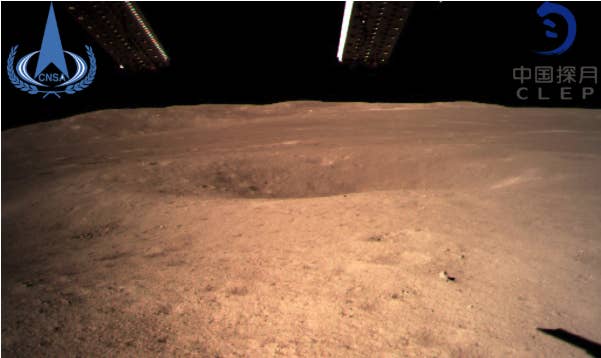
China space officials reported the first soft landing of a spacecraft on the far side of the moon on Wednesday, in a triumph for its growing space industry.
Launched in December, the Chang'e 4 spacecraft (named after the Chinese lunar goddess) landed in the 8-mile-deep Von Kármán crater in the Antarctic–Aitken Basin on the back of the moon after an 11-minute descent from a low orbit, 9 miles above the moon.
What does the far side of the moon look like? China's Chang'e-4 probe gives you the answer. It landed on the never-visible side of the moon Jan. 3 https://t.co/KVCEhLuHKT
The first soft landing of a spacecraft and the relay of its messages "opened a new chapter in human lunar exploration," said a Chinese space agency statement. "China National Space Administration is willing to cooperate with space agencies, space science research institutions and foreign space science enthusiasts from all over the world to explore the mysteries of the universe."
After landing, the spacecraft released a solar-powered rover, called Yutu 2, to explore the basin. The rover will search for rocks from the moon's deeper mantle that were spewed out in the ancient collision that created the crater. Scientists hope these rocks will answer questions about the geology of the moon's interior. Other instruments will measure incoming space radiation on the far side of the moon, which is shielded from radio signal interference from Earth.
Congratulations to China’s Chang’e-4 team for what appears to be a successful landing on the far side of the Moon. This is a first for humanity and an impressive accomplishment!
The far side of the moon is tidally locked to always face away from the Earth, and is even more cratered than the near side. Because the Chang'e 4 will never face Earth, mission controllers have to relay commands through the "Bridge Bay" communications satellite that China placed into a high orbit in June.
